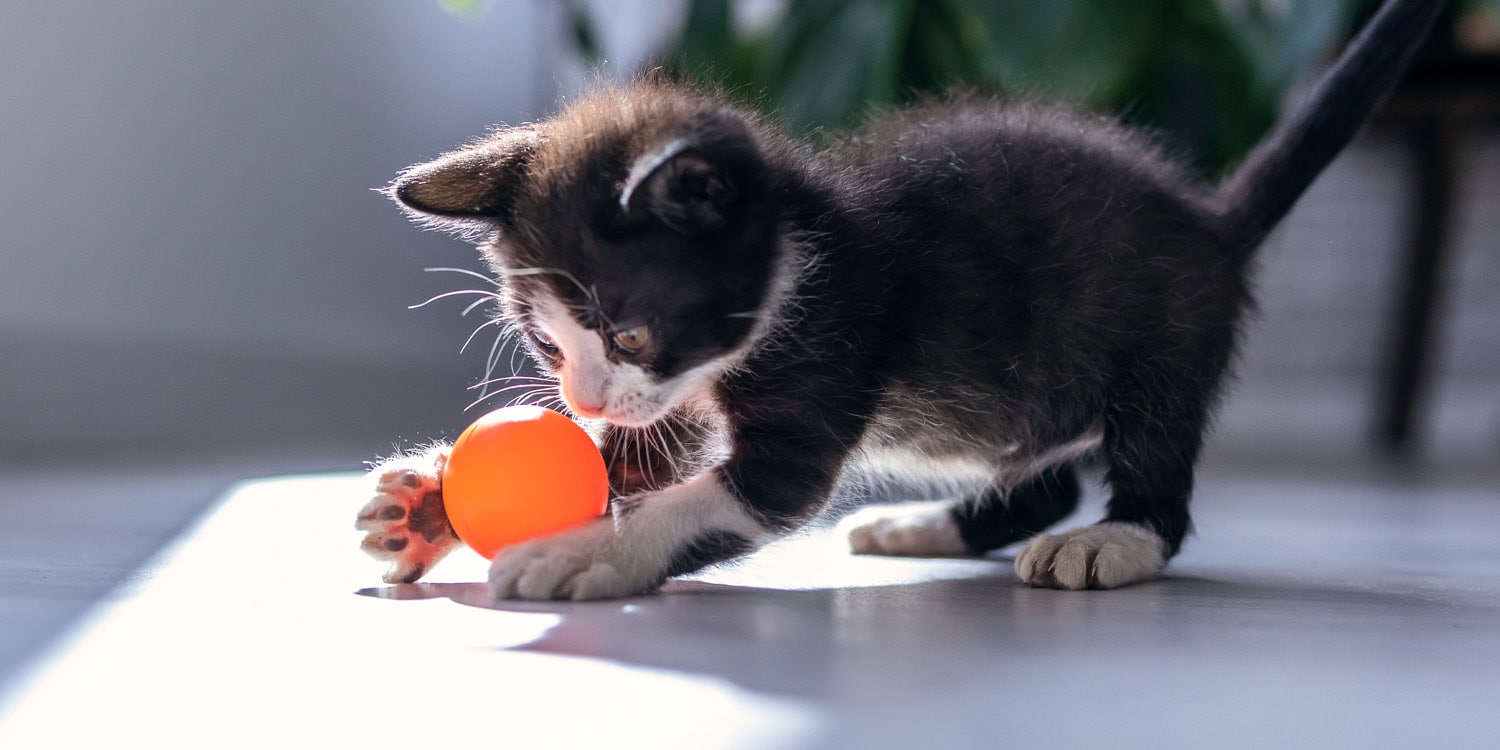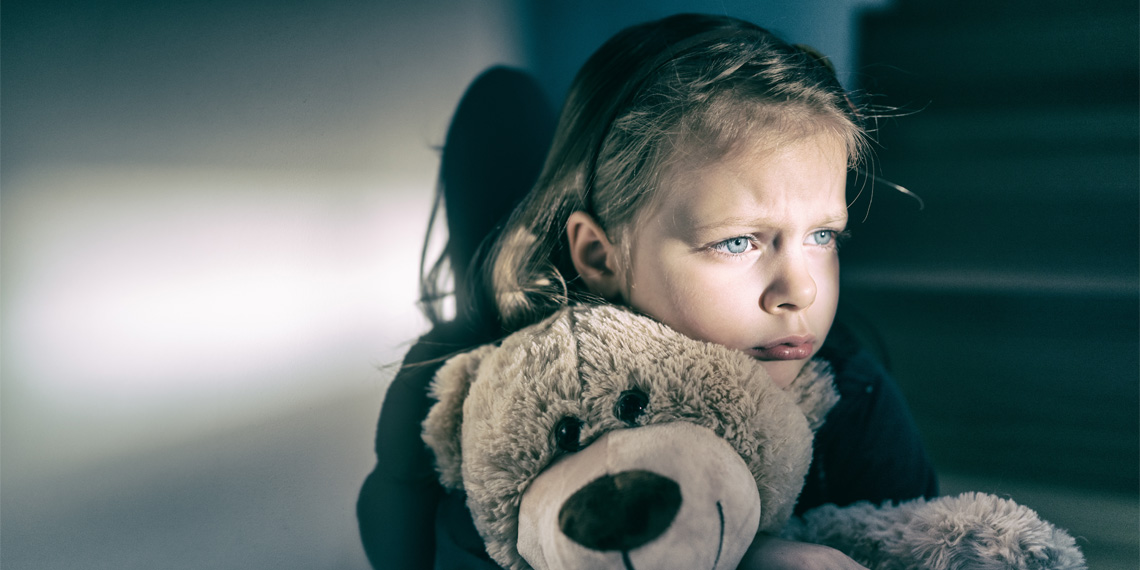People who feel uncomfortable or even repulsed by clusters of small holes—such as those found in lotus seed pods or honeycombs—are more likely to feel disgust than fear when confronted with these images, according to a new study published in the Quarterly Journal of Experimental Psychology. The findings suggest that trypophobia, a phenomenon often described as a fear of holes, may be more accurately understood as a disgust-based response aimed at avoiding disease. However, fear also plays a role, particularly in individuals most sensitive to these images.
Trypophobia is not officially recognized as a clinical phobia, but a substantial number of people report feeling disturbed when they see clusters of holes. These reactions can range from mild unease to intense physical symptoms, such as nausea, goosebumps, or racing heart.
Researchers have proposed two evolutionary explanations for why these responses occur. One theory suggests that trypophobia originates from an ancient fear of dangerous animals, like venomous snakes or insects, which often have surface patterns similar to hole clusters. According to this account, fear should be the dominant reaction.
The second theory suggests that trypophobia is a product of the behavioral immune system—a set of psychological responses that help humans avoid sources of infection. This disease avoidance account predicts that disgust, rather than fear, should dominate.
Although both theories have some empirical support, the emotional profile of trypophobia remains unclear. Earlier studies have not always included direct comparisons between fear and disgust, and very few have assessed both emotions in response to trypophobic, fear-inducing, and disgust-inducing images. The researchers behind the new study, led by Gaëtan Thiebaut and Patrick Bonin at Université Bourgogne Europe, sought to fill this gap by measuring how strongly people react to different types of images across both emotional dimensions.
Bonin is a professor of cognitive psychology at Université Bourgogne Europe and a member of the LEAD-CNRS laboratory, where he conducts research on memory and the behavioral immune system. Thiebaut holds a PhD in cognitive psychology and specializes in research on memory and pathogen avoidance.
“On a personal level, we both find it difficult to look at clusters of holes, such as a lotus flower or a wasp’s nest, without feeling uncomfortable,” the researchers explained. “In fact, when Gaëtan started to work with trypophobic images, he realized that he was trypophobic. Also, trypophobia is related to one of our favorite research topics: the behavioral immune system.”
“Trypophobia is a fascinating area of research that affects a relatively large number of people (on average between 9% to 18% of trypophobic individuals per study), and has evolutionary explanations that can sometimes seem surprising to the uninitiated.”
The research team recruited 291 adult volunteers, most of whom were female university students. Participants completed an online survey in which they viewed 40 photographs divided into four categories: trypophobic images (e.g., lotus pods, wasp nests), frightening images (e.g., snakes, guns), disgusting images (e.g., mouldy food, dirty toilets), and neutral images (e.g., kitchen utensils). These photos were standardized for size and emotional characteristics, using validated norms where possible.
For each image, participants rated how much fear and disgust it elicited, as well as how difficult it was to look at the image, using a 5-point scale. The researchers used these ratings to compare emotional responses across image types and to identify participants who were particularly sensitive to trypophobic stimuli. Those with the highest discomfort ratings were analyzed separately to assess whether their emotional patterns differed from those of the broader sample.
Across the full sample, trypophobic images were rated as more disgusting than frightening. While these images were not rated as disgusting as the explicitly disgusting ones, they still triggered more disgust than fear. This was true even though trypophobic images were also seen as more frightening than neutral images, showing that both emotions are present to some degree.
Interestingly, the participants who reported the most difficulty viewing the trypophobic images—those in the top 10 percent of discomfort ratings—showed a different pattern. For these individuals, trypophobic images were rated as more disgusting than even the disgust-inducing images, and more frightening than the frightening ones. In other words, for the people most sensitive to clusters of holes, trypophobic images were uniquely disturbing across both emotional dimensions.
Even among these highly sensitive participants, however, disgust remained the dominant emotion. This supports the idea that trypophobia is more closely linked to disease avoidance than to the fear of predators. These findings are consistent with previous work showing that people with high scores on the Trypophobia Questionnaire tend to report core and pathogen-related disgust more than moral or sexual disgust.
“Trypophobic participants (in our study, this corresponds to participants with visual discomfort ratings when viewing trypophobia-inducing pictures above the 9th decile) feel more disgust than fear at the sight of images of clusters of holes,” Bonin and Thiebaut told PsyPost. “But above all, these stimuli are very specific for them, because they evoke even more fear than non-trypophobic fear-inducing pictures such as the images of spiders, snakes, or a person pointing a gun and more disgust than non-trypophobic disgust-inducing pictures, such as the images of surgery, dirty toilets, or moldy burgers.”
The results also help clarify why both fear and disgust can be part of the trypophobic experience. Disgust may serve to prevent contact with potential sources of infection—such as spoiled food or skin lesions—while fear may help initiate flight from a perceived threat. The fact that both emotions are activated could reflect how our minds respond to stimuli that might signal either kind of danger.
As with any study, there are limitations to consider. The sample was predominantly female and made up largely of psychology students, which may affect how generalizable the findings are to the broader population. Prior research suggests that women may be more likely than men to report trypophobia, so future studies should include more diverse samples.
Another limitation concerns the images themselves. The researchers selected fear and disgust images from general categories, such as weapons or hygiene-related scenes. A more targeted comparison might involve disgusting images related to skin diseases, which may more closely resemble trypophobic patterns. This could help test whether specific forms of disgust are more relevant to trypophobia.
“We will continue this type of work with a larger number of trypophobic images to examine whether there are variations in the emotions felt (disgust, fear) according to the type of trypophobic stimuli (natural elements, artefacts),” Bonin and Thiebaut said. “We also want to further test the hypothesis that trypophobia is essentially due to activation of the behavioral immune system, and is therefore rooted in our evolutionary past.”
The study, “Is trypophobia more related to disgust than to fear? Assessing the disease avoidance and ancestral fear hypotheses,” was authored by Gaëtan Thiebaut, Alain Méot, Pavol Prokop, and Patrick Bonin.




